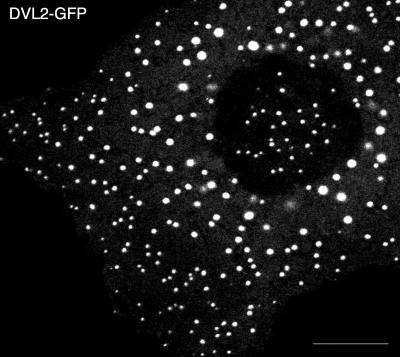Molecular mechanisms of Wnt signalling in health and disease
General audience summary:
Cells communicate by signal transduction pathways whereby secreted molecules bind to receptors on target cells to trigger intracellular responses. It is critical for our development and homeostasis that these signals are regulated and correctly interpreted. Not surprisingly, misregulation of signal transduction pathways is a leading cause of diseases, including rare genetic diseases, neurological disorders and cancer.
Our focus is on Wnt signalling, a collection of signalling pathways that regulate a diverse array of cellular processes including cell proliferation, differentiation, migration and polarity. We investigate how Wnts are able to selectively regulate either morphogenetic processes, namely migration and polarity, or cell fate decisions, such as proliferation.
We also investigate how misregulation of Wnt signalling, by abnormal expression and/or mutations cause rare genetic diseases, such as the skeletal dysplasia Robinow Syndrome and related disorders.
By better understanding how these pathways work at the molecular level, scientists will be able to devise better more targeted therapies.
COS7 cell transiently overexpressing DVL2-GFP (15hrs post-transfection). Scale bar = 10mm
Strategic CIMR Themes: Membrane trafficking, Organelle Biology, Rare genetic diseases, Neurological Diseases.
Funding: Wellcome Trust, The Blue-Sky collaboration (MRC and AstraZeneca)
Research Group Members: Dr Gonzalo Beitia, Dr Miha Renko, Elisabeth Chapman




